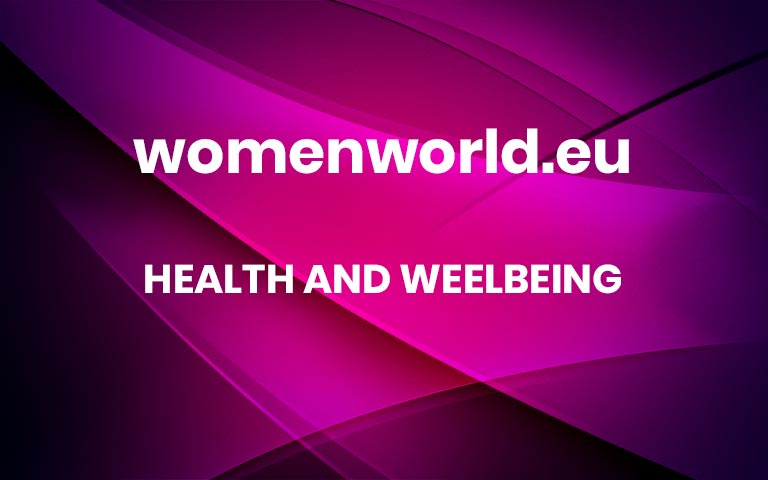Here’s Why There’s More Air Pollution In Winter – And How To Solve It
During colder months, you’re probably going to want to light the fire, close the windows and keep cosy. And, when loadshedding hits, flick on the generator and continue to ‘Netflix and chill’. But, if you want to stay healthy this winter, this is exactly what you shouldn’t be doing – unless you’ve invested in an air purifier, says Trevor Brewer, Director of air treatment and lifestyle specialist Solenco. That’s because indoor air pollution in winter can become a problem.
In winter, the air gets a little dirtier, leading to respiratory illness that can get deadly. Per the WHO, Household air pollution was responsible for an estimated 3.2 million deaths per year in 2020, including over 237 000 deaths of children under the age of 5. Cooking with gas because of loadshedding? Watch out: these gases emit kerosene, which generates harmful household air pollution, says the WHO.
Air pollution in winter – even indoors
In South Africa, the particulate matter (read: pollution) in our air is regularly higher than the national standards. Around 86% of South Africa’s primary energy supply is from coal, and much of the particulate matter that we breathe in is caused in the process of generating coal-fired electricity, says Brewer.
And indoor pollution can get bad. “Pollutants are microscopic particles of toxic chemicals that are small enough to enter the bloodstream. Because they’re so small, you can be sure they’re being carried into your home. In fact, the concentration of pollutants and toxins found in the air can actually be two to five times higher indoors than out,” says Brewer.
Air Pollution Solutions
Stay ventilated
Keeping the windows closed may help to keep cold air out but it also keeps polluted air in. Dust, fumes from household chemicals, emissions from appliances, bacteria and germs, pet dander, damp and mould, and the pollutants discussed above, are all at home in your house when there’s no fresh air circulating. And with them come all the winter ailments.
You could stock up on medicine to deal with the symptoms that come with seasonal changes, says Brewer, but he suggests that you rather prevent these adverse effects by investing in an air purifier for your home or office.
Solenco Purification Pal
This gadget keeps the air in your home clean by forcing air through an ultra-fine mesh that traps pollutants. Look for one with HEPA tech, like the Solenco Purification Pal, that removes 99.8% of particles as small as 0.3 microns from the air.
Humidify your air
The dryness of the air can constitute a health hazard, especially in cooler months. For people with respiratory or lung issues, cold and dry air narrows airways and makes it harder to breathe. Even if you’re healthy, dry air can cause pain, inflammation and headaches, asthma, allergies and hay fever, itchy, uncomfortable skin, and nose bleeds. What works? A humidifier, which can refresh the air by injecting purified water into your surroundings.
Xiaomi Humidifier 2 Lite
Brewer says an evaporative humidifier is a great way to keep your indoor air at optimal moisture levels and remove air impurities, to improve your comfort and your health. A smaller unit will service a bedroom or living area, while a whole-home unit can cover 370 square metres.
Invest in air-purifying plants
Some house plants can diffuse toxic chemicals in the air, like formaldehyde, benzene and trichloroethylene. It’s essential to still clean your plants, since the leaves can collect dust, leading to allergies.
Look for plants like English Ivy, Bamboo Palm and Aloe Vera. Snake plants are extremely pretty indoors and also help purify the air. More




